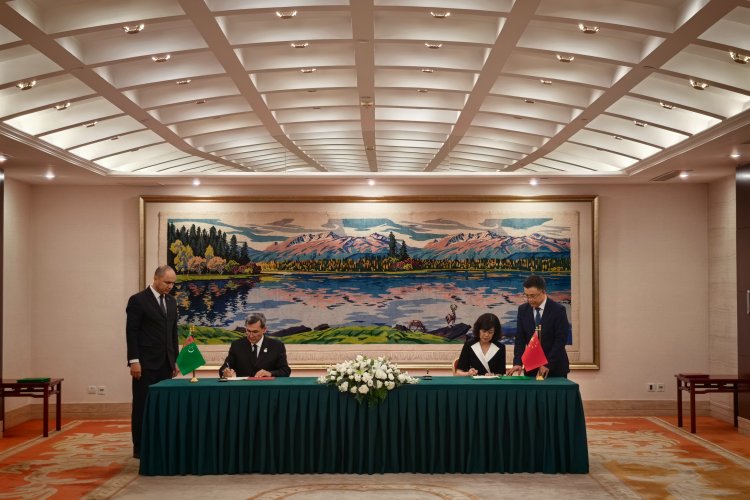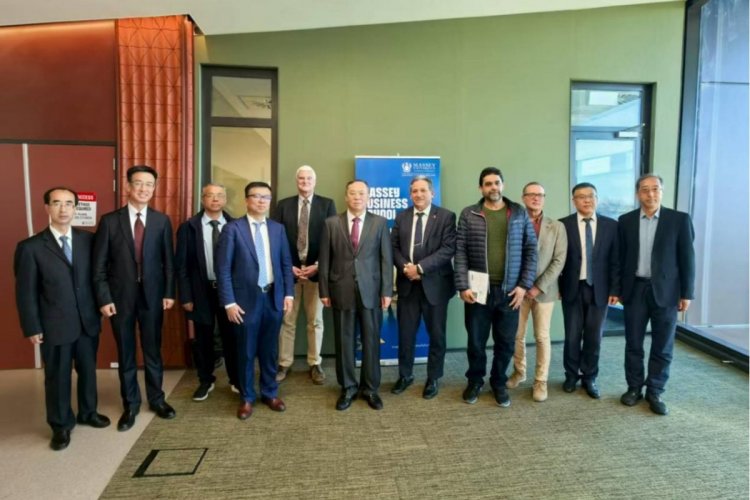The research result of yak domestication by school of life sciences and state key laboratory of grassland agro-ecosystems (SKLGAE) of LZU was published online by Nature Communications, an internationally renowned academic journal, on December 22nd , 2015. Qiu Qiang, Wang Lizhong, Wang Kun and Yang Yongzhi were listed as first authors, and prof. Liu Jianquan as corresponding author. After its publication, the thesis gained wide attention from journals such as Science and Technology Daily and Chinese Science News, as well as dozens of press groups such as Guang Ming Online(GMW), People’s Daily Online and Sohu.
The abstract of the above research result is as follows:
Yak domestication represents an important episode in the early human occupation of the high-altitude Qinghai-Tibet Plateau (QTP). The precise timing of domestication is debated and little is known about the underlying genetic changes that occurred during the process. Here we investigate genome variation of wild and domestic yaks. We detect signals of selection in 209 genes of domestic yaks, several of which relate to behaviour and tameness. We date yak domestication to 7,300 years before present (yr BP), most likely by nomadic people, and an estimated sixfold increase in yak population size by 3,600 yr BP. These dates coincide with two early human population expansions on the QTP during the early-Neolithic age and the late-Holocene, respectively. Our findings add to an understanding of yak domestication and its importance in the early human occupation of the QTP.
During the past ten years of research process, and led by prof. Liu Jianquan, the research group collected representatives of all species of yaks in the yak feeding areas. The group entered the depopulated zone of Hoh Xil for several times, and acquired enough samples for yak research. Using new technologies and analytical method, the group also extended systematic research on the genetic mechanism of yak’s altitude acclimatization and domestication, which served as the evidence of the utilization of yak’s genetic resources, breed improvement, and the understanding of the genetic effect after the yak domestication. Members of the research group have published a series of high level research papers on international journals such as Nature Genetics, Molecular Biology and Evolution and so on.
(Translated by Wen Jing, proofread by Gao Pei)




